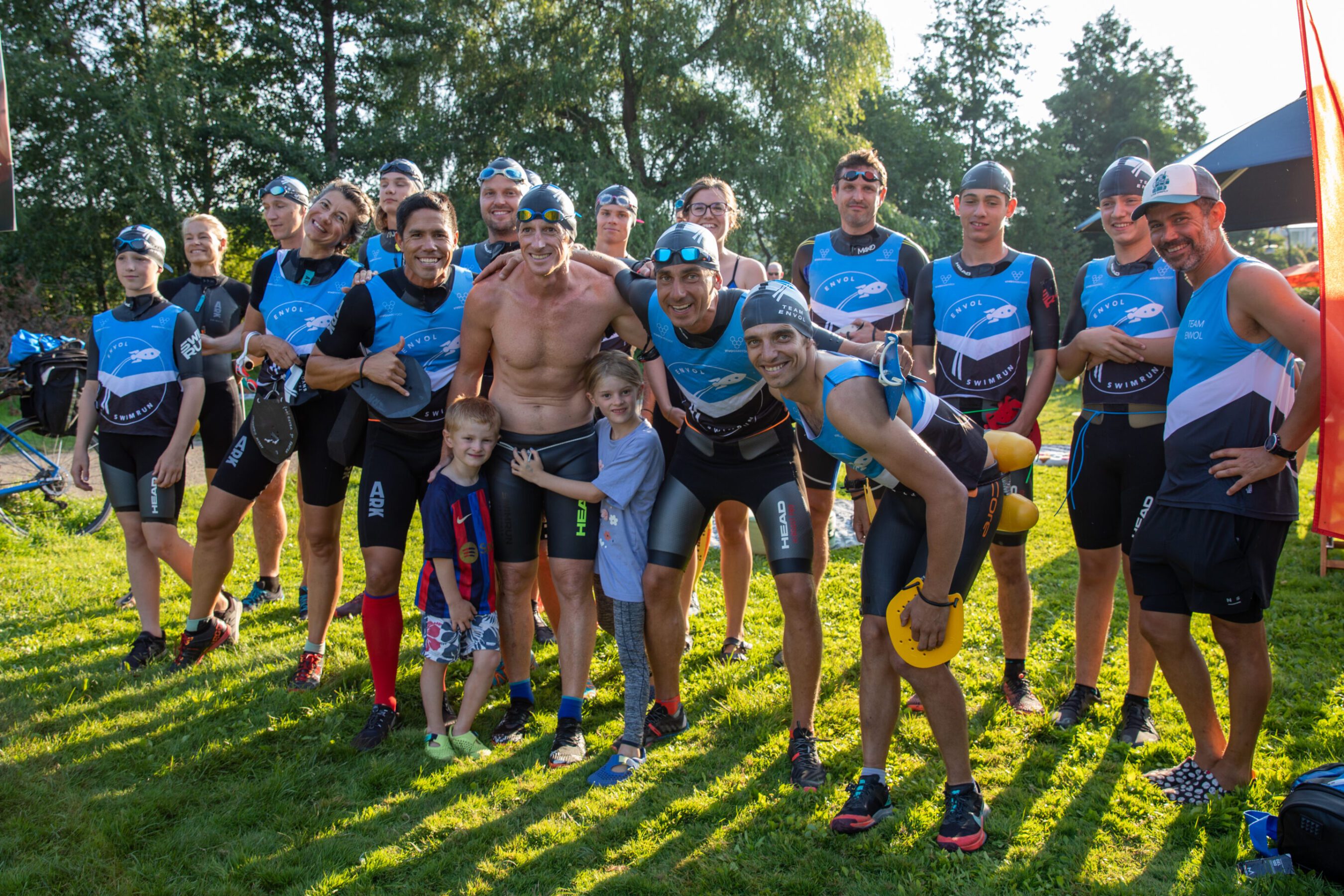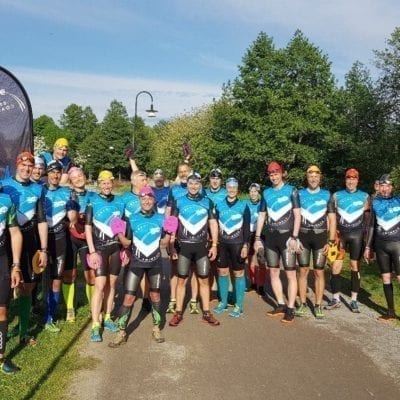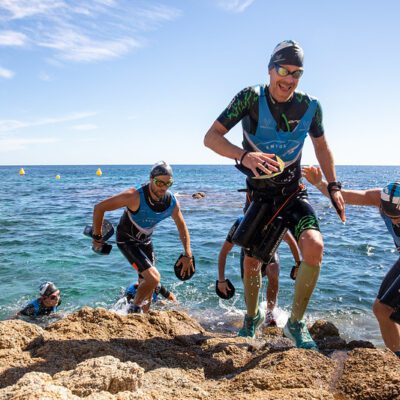Written by coach Tom Jenkinson
Three key runs
We incrementally layer in speed development workouts and aerobic endurance workouts to get your energy systems primed for progressive adaption.
All plans have three key runs: Tuesday short-intervals, Thursday long-intervals and a Sunday long run.
The Long and Pro plans have additional distance runs as it is the cumulative volume of easy aerobic duration that provides the foundation for greatest success.
The intervals
Short intervals are in the 30 second to 6 minute range at between 1500m and 5k race pace (the shorter the faster) and typically have a work to rest ratio of between 1:2 to 1:1. Hill repeats are included in this category and are highly beneficial to improve your ability to create force quickly – as pace isn’t a suitable guide for hills, do these based on perceived effort.
At the short end of this range 30s to 60s we are principally training anaerobic power and capacity. This is done at 1500m to 3k race pace. Longer duration repeats in the 1 to 6 minute range are focusing on aerobic capacity VO2Max. For these workouts to be effective (i.e. to stimulate the creation of capillaries and mitochondria) you’ll need to do these at a minimum of 90% of your current VO2Max (approximately 10k race pace) but for most runners 5k pace (approximately 95% of VO2Max) is the best training option. At 5k pace you get close to maximum benefit without risking excessive fatigue.
Long intervals are in the 6 minute to 20 minute range. These can be done at a pace range between Marathon and 60 minute pace and with typically 2 to 3 minutes rest between repetitions. In any given session we will split these tempo sessions into intervals so that we accumulate 30 to 40 minutes at the target intensity to gain the correct training stimulus without overly taxing the body.
Long intervals are also known as tempo or threshold intervals. In this intensity zone you are actively engaging 100% of your available slow twitch muscle fibers and about 50% of available intermediate fibers (more for 60 minute pace and less for marathon pace). These sessions are key for improving your ability to utilize and clear lactate and improve your ability to buffer and export acidic hydrogen ions from recruited fibers.
The long run
The Long Run is a key weekly run. Here we create new capillaries for all recruited muscle fibers as your body struggles to maintain supply lines over a long period of time. In terms of duration 90 minutes to 2 hours is about optimal. After around two hours the benefit to recovery ratio drops off and it is more important to maximize weekly distance run volume than to extend the distance of the single long run if that is an option.

Envol Tips
- Safely build your weekly volume – whilst muscles can handle significant increases in training, connective tissue can not, and you will end up with injuries such as Achilles tendonitis.
- Consider limiting major increases to every third week to allow connective tissue to adapt and listen to your body.
- If you have the opportunity to add a 45 to 60 minute easy distance run here and there – do it, double days count.
- If you take your runs onto the trails (and you should) – don’t chase your road pacing targets, instead learn to gauge intensity by perceived effort.
- Don’t do long intervals too fast, you want to keep lactate in the 2.0 to 3.5 mmol range which means a “comfortably hard” feeling – don’t race them!
- Feel free to split intervals into shorter durations if you struggle to hit target intensity at the prescribed duration.
- Keep the distance runs and the long run at a conversational/easy pace and learn to feel intensity – for example nose breathing for an easy paced run.
- Running economy is key – running well is a movement skill that requires consistent practice.
- Cushioning protects (but weakens) your feet, and also magnifies the forces to the joints.
- Overpronation doesn’t cause common overuse injuries; a weak kinetic chain is the primary catalyst of those ailments.
- Stability and motion control shoes don’t fix pronation; instead they weaken and limit the natural motion of the feet, lower legs, knees, and hips, causing an unnatural gait pattern.
- Build strength in your kinetic chain through strength sessions and focused drills.
- Take recovery very seriously – only do so much today so that you can perform tomorrow’s training with focus and quality.
- Don’t stack hard sessions – if you miss one, let it go, unless you are sure you can move it to the next day without affecting other sessions and/or your ability to recover.
- If you have another training session make sure you refuel after a hard session (otherwise just prioritize good food).
- Hard sessions should be always preceded with a warm up and finished with a cool-down.
- Add mobility and running drills to your warm-up.
Train Hard and Have Fun
The Envol Coaches

Have fun and train hard!
Did you know that Envol also provides single discipline plans for distance running and open water swimming? For more information contact info@envolcoaching.net






